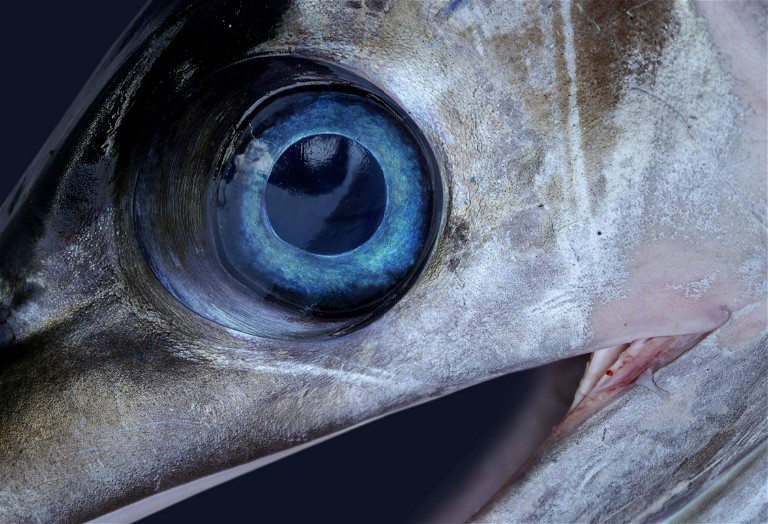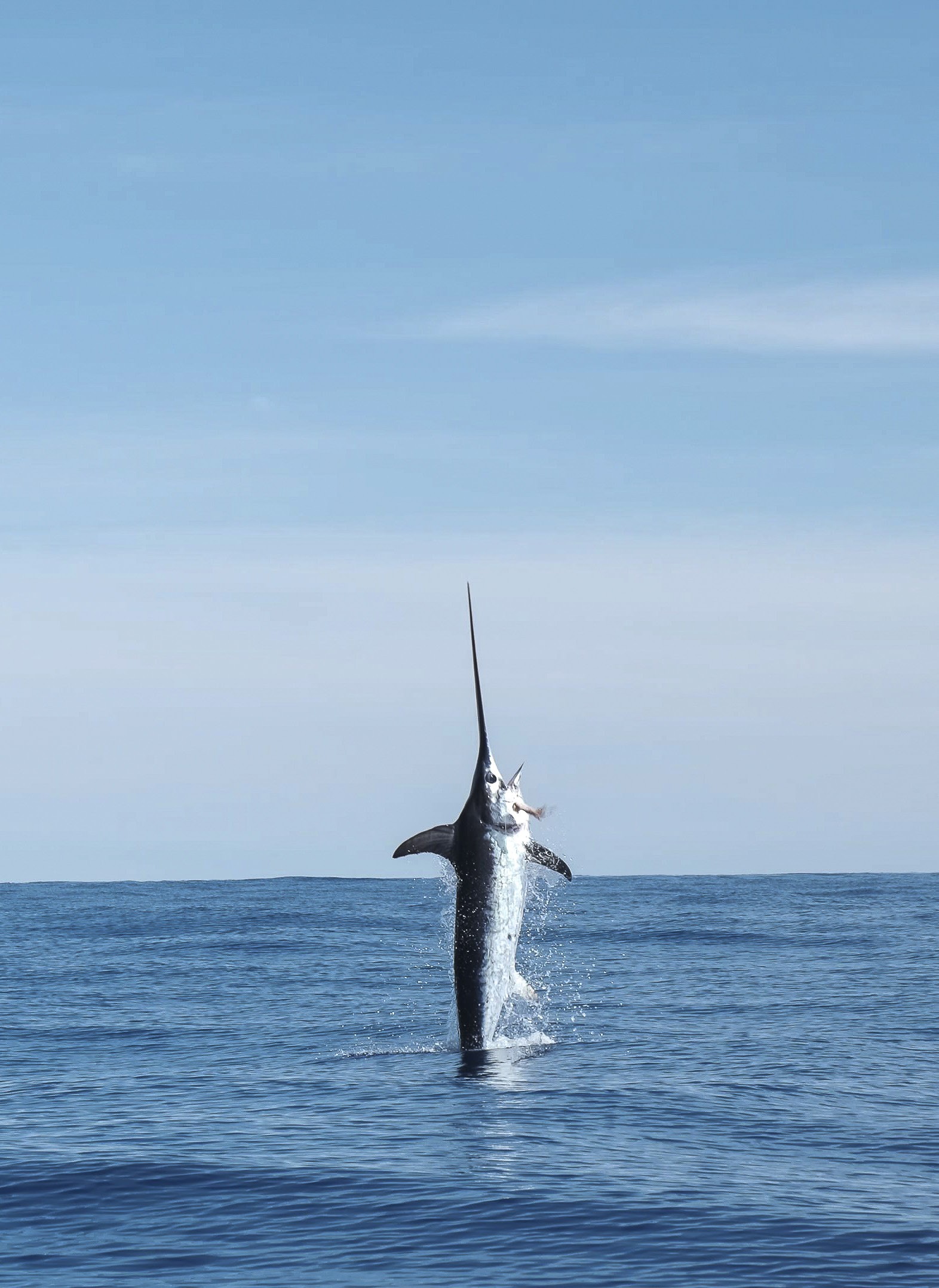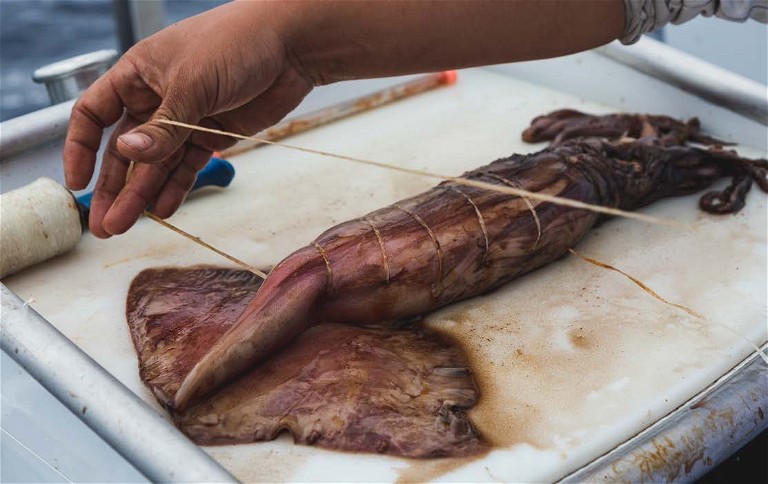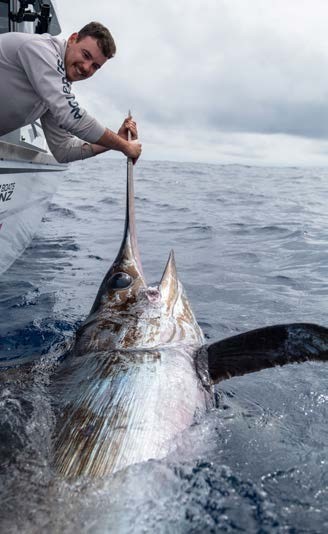DEEP DROPPING FOR SWORDFISH
By Nick Jones

Now is the time of year when keen Kiwi anglers get ready to do battle with one of the ocean’s most formidable predators – the broadbill swordfish.

THE SPECIES
The broadbill swordfish ( iphias gladius) is a highly sought-after species inhabiting waters around New ealand. enowned for their distinctive appearance and impressive size, they can be immediately identified by their long, iconic swords, heavily built bodies, incredibly thick tail bases, and large eyes, which allude to their deep water and nocturnal feeding habits. The broadbill swordfish is a hearty predator, well adapted to the open ocean environment. These ape predators primarily feed on a diet of pelagic species such as squid and various fish species. Their ability to dive to significant depths and cover vast distances in search of prey contributesto their status as formidable hunters in the open ocean. roadbill swordfish can reach impressive lengths, often e ceeding metres and weighing several hundred kilograms. ith their incredible strength and ability to continue fighting for hours on end, coupled with the fact that the average size of swords in is considerable (over kg , they rightfully have a fearsome reputation for putting some serious hurt on Kiwi anglers!

HISTORY
Years ago, sword fishing in was the preserve of large vessels that fished offshore banks, seamounts, and canyons through the night, targeting the fish as they came up higher in the water column to feast on s uid. Then a few pioneering skippers started fishing for swords during the day when they held down in the depths, borrowing deep dropping techni ues used overseas in places such as lorida. Initial success bred further e ploration and more catches. ow, many well prepared trailerboats head out for a day to catch swordfish – without the discomfort of drifting around in the dark waiting for a bite
WHERE?
Swordfish hotspots are generally around seamounts, drop offs, trenches, and canyons anywhere from m of water. There is structure like this right up and down the coastline of , but spots like the Three ings, ardenatch, okianga ank, ream nolls, arrier ank, ayor nolls, hite Island nolls, and anfurly anks down to isborne are all known areas. een sword anglers use good electronics – in con unction with at least a kw transducer – to locate likely looking terrain (detailed bathymetric charts are handy and to pinpoint concentrations of bait down deep, which is where the swords are likely to be holding. It pays to assess which way the current is flowing to identify the areas of upwelling that kick off the food chain.
WHEN?
Broadbill can tolerate the greatest temperature range of any billfish species, having been recorded in waters varying from . ccordingly, they are available in waters for most of the year, but satellite tagging shows they move to warmer subtropical spawning grounds in spring and come back to our waters in early summer. ost recreational fishing effort is focused from ebruary through to uly, with catches peaking in autumn – especially during bouts of settled weather which is advantageous, if not essential, for sword fishing. uccessful deep dropping for swordfish re uires an understanding of their behaviour. lthough broadbill periodically come up nearer the surface to feed, particularly at night, they spend the bulk of the day down deep. The full or new moon phases are considered best for night fishing, while there are widely varying opinions around preferred lunar phases for broadbill deep dropping. ike most fishing, you may as well ust get out there when you can!

HOW?
The target depths for daytime sword dropping add an e tra layer of comple ity and e citement to the pursuit. The typical sword rig involves a lb leader, a large circle hook, a sacrificial breakaway weight (attached to the bottom of the hook with a bent wire or nail), a smaller sinker rubber banded near the swivel, and several lights or water-activated strobes to pique interest in the dark depths. Whole arrow squid, skipjack tuna belly strips, or small whole fish – secured firmly to the hook with rigging floss – are all proven baits. The terminal gear is usually attached to a solid game reel, a bent-butt rod, strong braided line (generally 100lb) and a 50m monofilament top shot.

Once you’ve found the spot and worked out your drift, carefully lower your rig and sacrificial weight into the water. When it’s clear there are no tangles, it’s time to steadily drop your offering into the abyss. Hopefully, upon reaching the bottom, your sacrificial weight will break away, and then you can wind up your bait to the strike zone (generally 30-100m above the bottom where the bait is showing).
Baits are typically set for 30-odd minutes, during which time the crew is advised to watch the rod tip like hawks. Sword bites can be very subtle, and they tend to swim upwards when they take the bait. Therefore, the line going slack can be the signal to start winding – fast!
Deep dropping for swordfish is not for the faint of heart. It requires patience and persistence – I spent countless days bobbing around in the middle of the ocean, staring at the rod tip and getting sunburnt, before I finally got to fight and land one of these amazing creatures. The reward, however, is absolutely worth the effort.
Swords are robust creatures and can usually be successfully released back to the depths from whence they came. However, if you’re keen to knock one on the head, they make great table fare either cooked fresh or smoked, and their bills make wonderful mementos once cleaned up.
Good luck out there!
